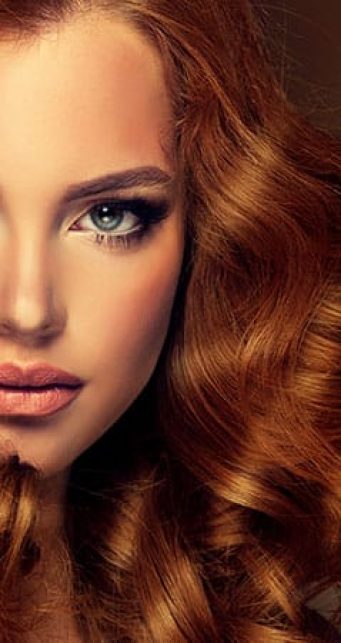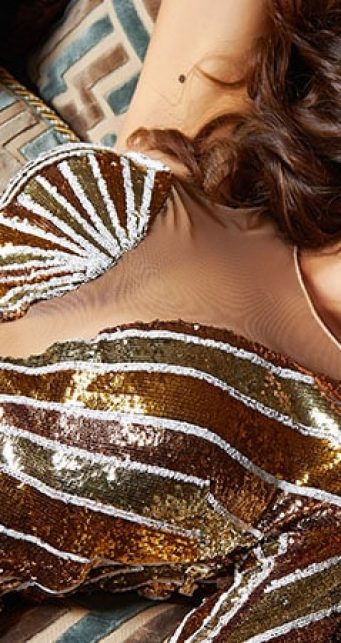Guide to the Varied Types of Hair Extensions
While pixie and other short styles have been a growing trend lately, some are still die-hard advocates of long ones. Though it’s true that not everyone is gifted with the type of crowning glory that can stay graceful amidst continuous growth, hair extensions in its diverse forms got you covered. In this article, we’ll dig into what could be the best type and method you could avail of in your next visit to a hair salon.
What are hair extensions made of?
Primarily depending on your budget, you can ask your favorite hair stylist to make use of any of these hair extension types:
- Synthetic Fiber – If you’re looking for a low cost hair extension, synthetic ones may be fit for you. However, its quality may not be that satisfying. This type can have difficulty with blending with your natural hair and may appear stiff. Moreover, it cannot be freely styled with the use of heat or color since it’s prone to damage.
- Human Hair – Despite being more costly, human hair extensions are often worth the price. Those of the highest quality are not vulnerable to friction or heating and are capable of giving you a natural look. You can consult your hair stylist to pick out a bunch that will match the texture, color, and hair type you have.
What are the most popular methods used for hair extensions?
- Clip-in – The least permanent among all types, clip-ins are very easy to attach and is perfect in preparation for special occasions. Varying in lengths, strands of hair are fixed in place with a clip. Your hair will be divided into clean sections where the hair extensions will be snapped into place one by one, starting off near the nape of your neck. However, it is advisable to remove clip-ins before you go to sleep.
- Sew-in – In contrast with the first method, your hair will be braided to create a tight base in which the extensions will be sewn in and attached. As maintenance, you are to visit your hair salon for retightening every four months. This method is best for those with kinky or curly hair which can withstand the weight and stress from the woven strands.
- Tape-in – Widely popular for being easy to apply, it involves strands of hair held together by an adhesive. Two of these wefts will be heated, pressed against your natural hair, and sealed. Tape-in hair extensions are further classified into two – the soft bond (uses latex or acrylic based glues) and the hard bond (uses superglues). In average, your hair stylist Potomac will have to tighten it for you every six to eight weeks.
- Fusion – The most permanent and costly among all types, it involves using an adhesive and heat to directly attach the hair extension with your natural hair. This method usually takes two to three hours for completion, but will require less maintenance in the long run and can last up to three to four months. Giving off a natural look, it also allows you to style your extension more frequently as well as to use hair treatment products on it without easily being damaged.









